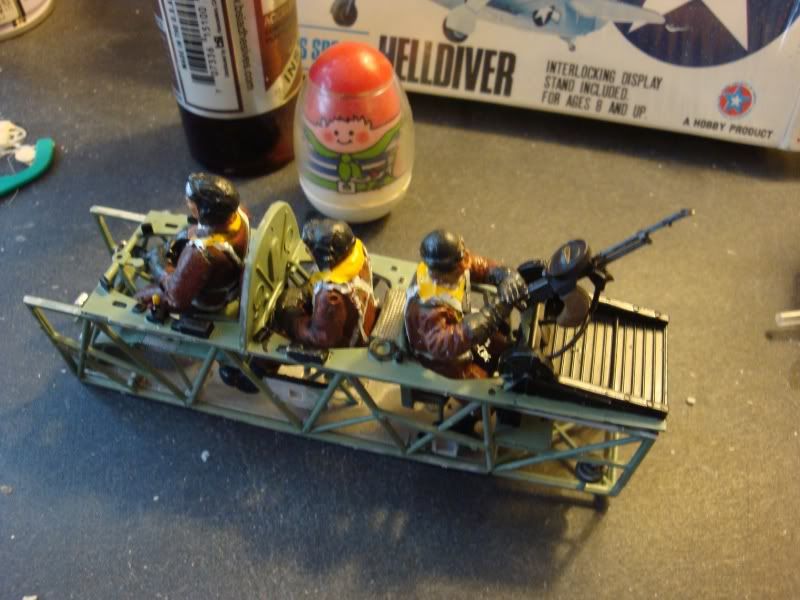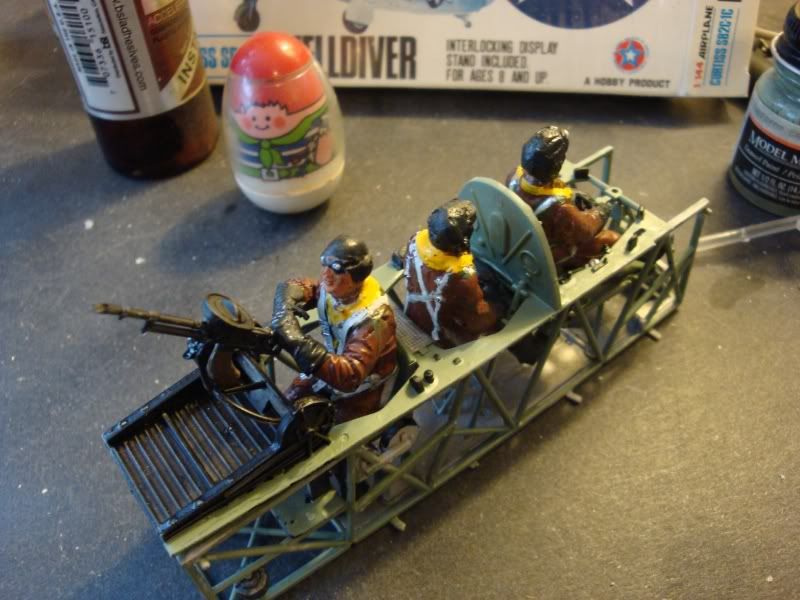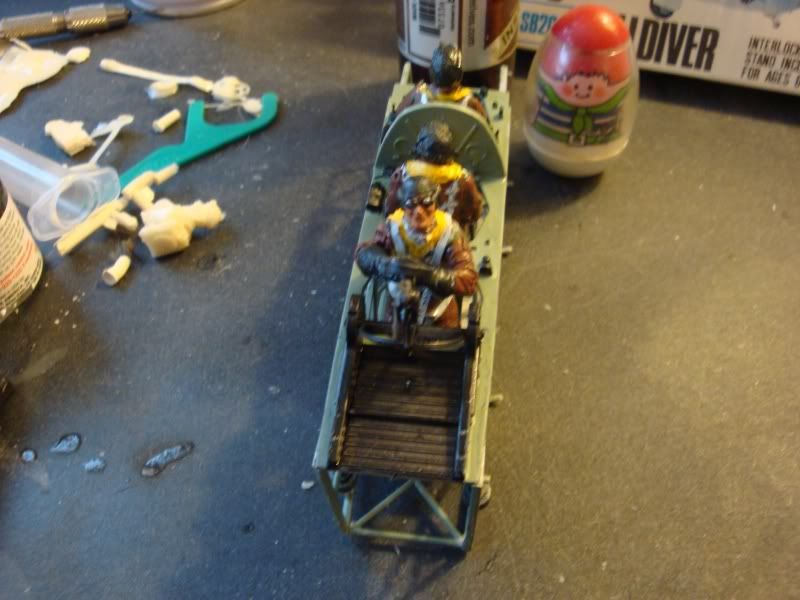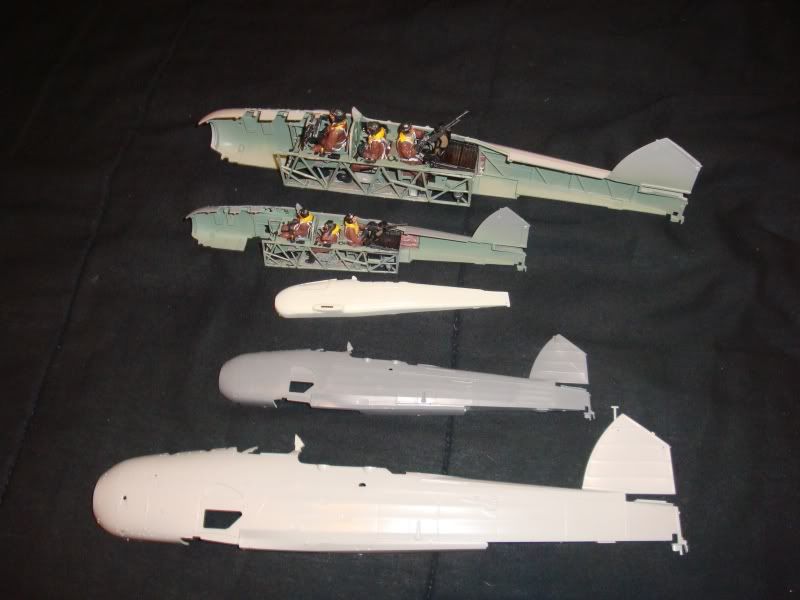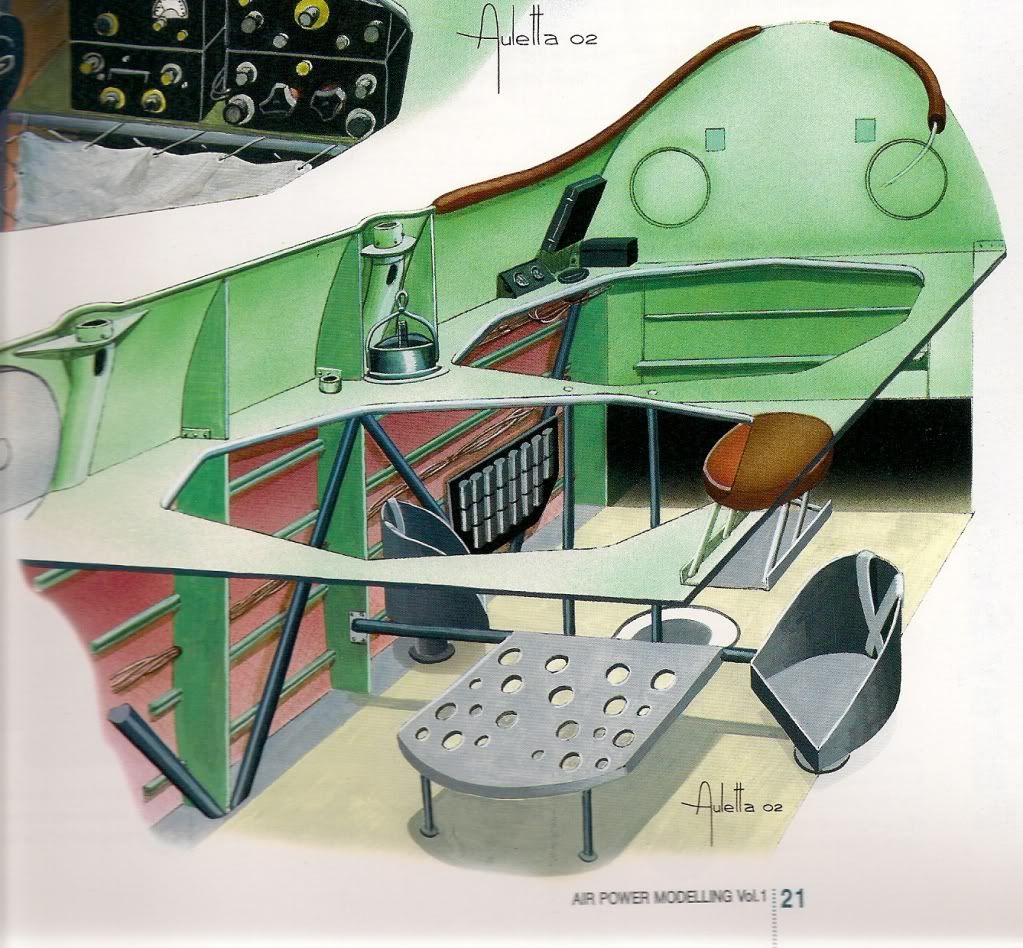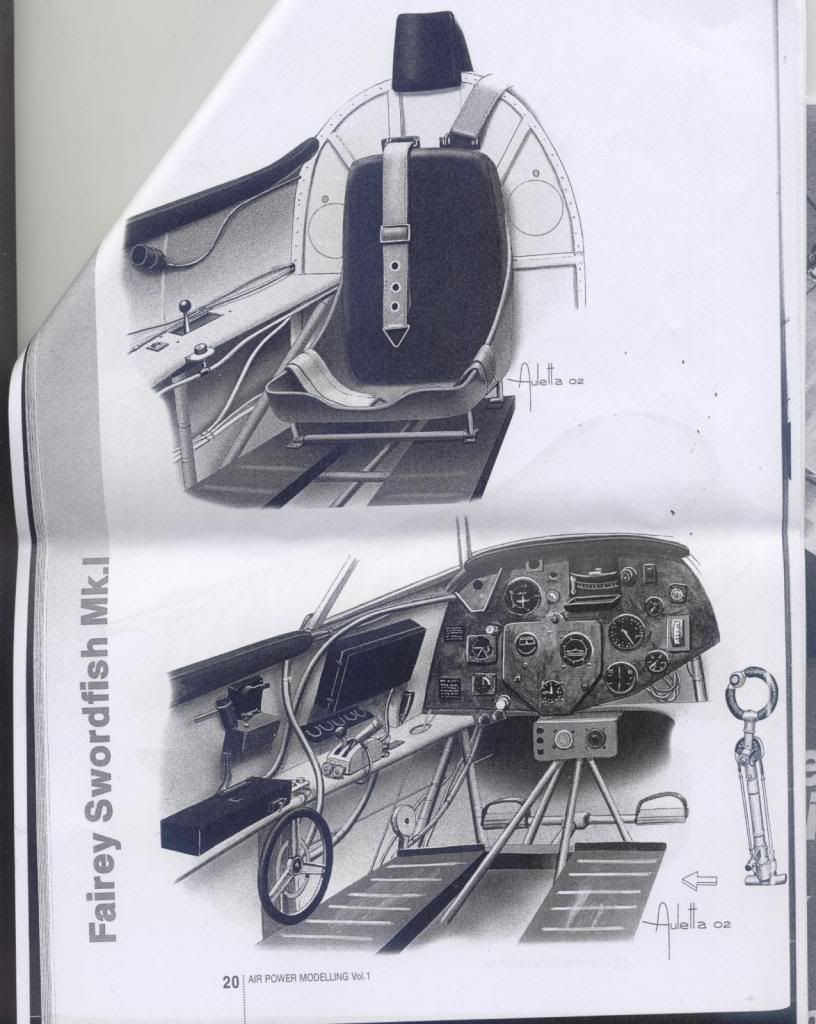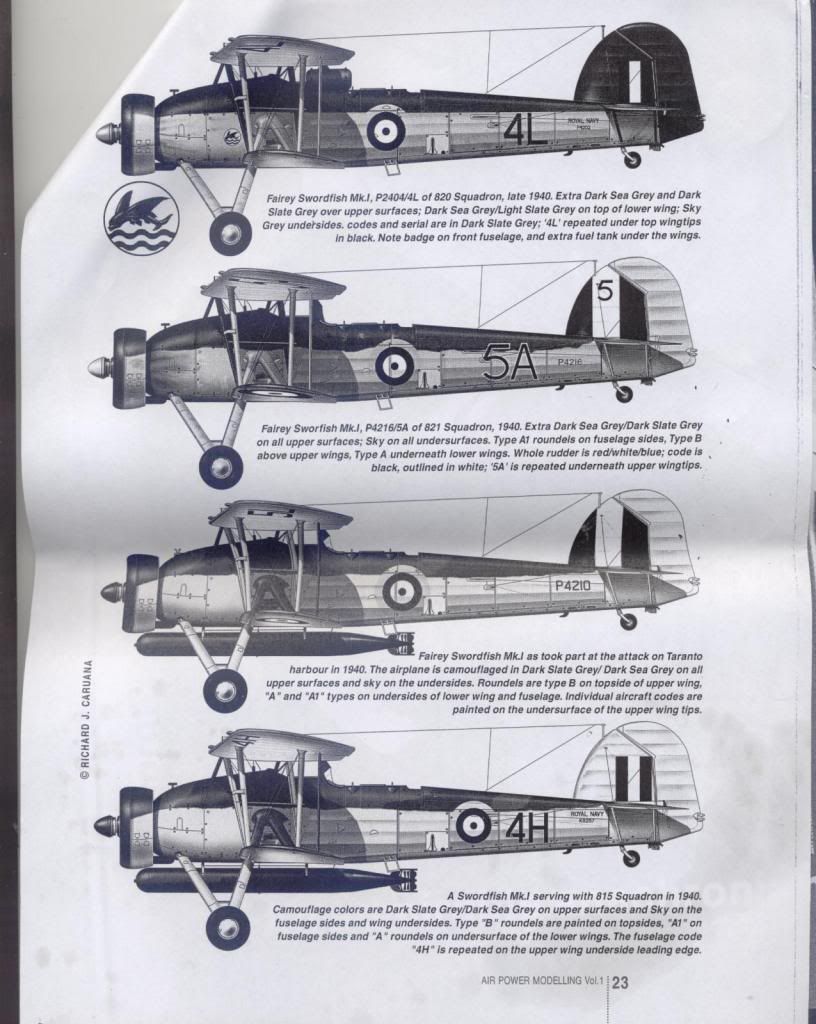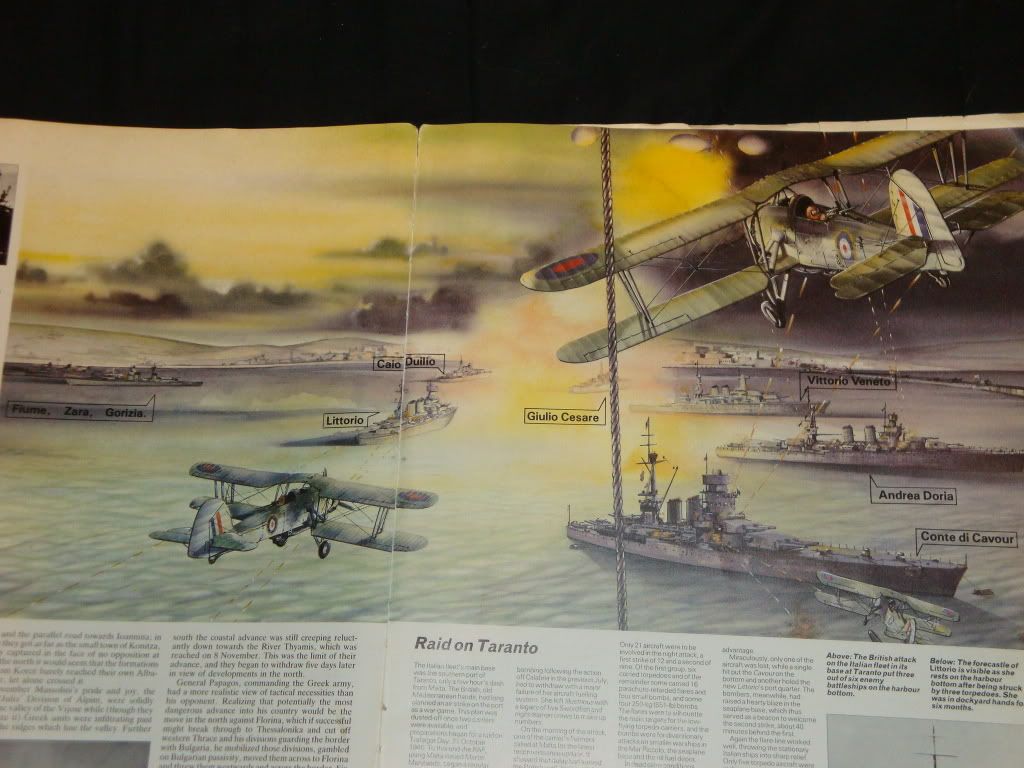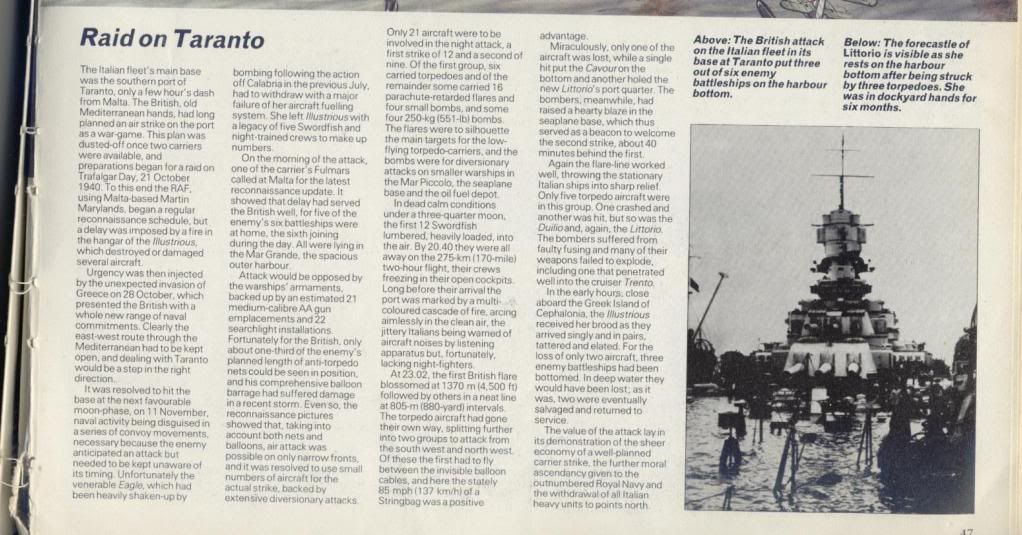OK folks – The answer to the original post - serial number at Taranto is now solved (sort of).
I just obtained Ray Sturtivant’s magisterial work The Swordfish Story. In this work, besides recounting dozens of pilot/observer reports of various wartime Swordfish experiences, Sturtivant includes these marvelous resources:
-
A mini-history of every Swordfish - from when it was delivered to where it served and how it ended. Appendix 4, pages 185-236 of small print. This history is by aircraft serial number. Unbelievable!
-
An enumeration with details of every Swordfish lost. Appendix 3
-
An accounting of each plane at Taranto and its serial number, where known
-
Innumerable photos, not heretofore published in the standard modeling booklets. I especially liked the photo of a Swordfish transporting a motorcycle instead of a torpedo. There is also a picture of one of the two Swordfish (L4A) shot down and’raised’ by the Italians.
It is clear that Sturtivant spared no effort in tracking down every Swordfish. In notable Swordfish actions, he has a table inserted into the text with each plane present, crew, number, and serial number. This endeavor could simply not be duplicated and Sturtivant deserves the DFC at least!
Now for the bad news – Sturtivant was only able to trace 4 (with the fifth a guess) of the 21 striking Swordfish down to their serial numbers. None of these were Wray’s plane. And, simply holding this book in your hands convinces you that the trail has gone cold.
In The Attack on Taranto by Lowry, Thomas and Wellham, John, the latter author, who flew E5H at Taranto reproduces his pilot’s log for the preceding week. Over a 9 day period, he flew four (4) different aircraft. I would need to track down the pilot’s log for L4R (Wray’s plane) - something it is clear that Sturtivant attempted but failed. A possible reason for this would be the subsequent heavy damage to the Illustrious which could easily have destroyed the records.
So, for my model, I’m going to comb through the Appendix’s 51 pages trying to identify planes delivered to Squadron 815 and/or the Illustrious before November 1940 and pick one at random not otherwise identified as being present at Taranto.
A final detail - Captain Sutton, an observer in L5K recounts his story on p.57. There is one illuminating modeling fine point -
“As observer, I was in what was normally the air gunner’s position in the rear with the enormous petrol tank in the middle of the aircraft where I would usually have my seat. I was leaning on the petrol tank, with my chin on it, looking over the top through the centre section at Torrens-Spence’s [pilot] head, observing and telling him what to do next. The tank was basically just an aluminium alloy barrel strapped above the observer’s normal seat. There was no self-sealing or anything, and it had a vent pipe on top that sprayed petrol in the observer’s face on take-off. I must say it wasn’t a comfortable place to be positioned.”
So - I’ll need to put some grime ‘wash’ on Wray’s face!
Any idea how I find a 1/72 figure in WW II flight gear that is posable standing up, head high with arms out gripping the sides? All the Swordfish kits come with figures sitting down!
Hopefully my PE interior parts (ACE) will arrive soon - I ordered them from Ukraine and the shipper promises that they are on their way.
